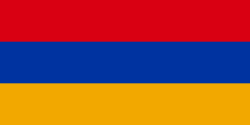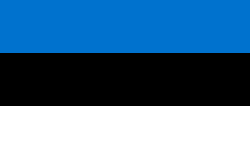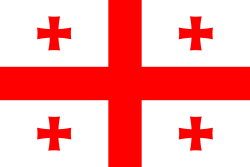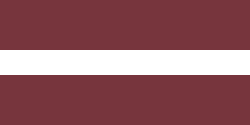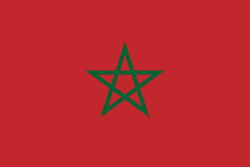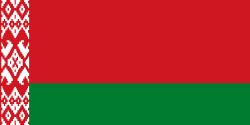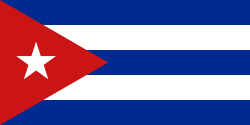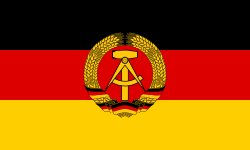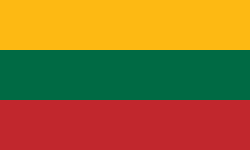Intervision Song Contest
| Intervision Song Contest | |
| År | 1977–1980 |
|---|---|
| Typ | Musiktävling |
| Geografisk omfattning | huvudsakligen dåvarande Östeuropa |
Intervision Song Contest (ISC) var en sångtävling anordnad av det östeuropeiska TV-samarbetet Intervision 1977–1980, som en motsvarighet till Eurovision Song Contest, som på den tiden huvudsakligen samlade västeuropeiska deltagare. Tävlingen återupptogs 2008, men har sedan dess inte återkommit.
Samtliga Östeuropafinaler 1977-1980 gick av stapeln vid Opera Leśna, i Sopot i Polen. Tävlingen 2008 arrangerades i Sotji i Ryssland.
2014 meddelade Rysslands TV-bolag Channel one Russia att man avsåg att införa tävlingen återigen,[1] men det har ännu inte förverkligats.
Länder
 Armenien
Armenien Azerbajdzjan
Azerbajdzjan Belarus
Belarus Belgien
Belgien Bulgarien
Bulgarien Estland
Estland Finland
Finland Georgien
Georgien Japan
Japan Jugoslavien
Jugoslavien Kanada
Kanada Kazakstan
Kazakstan Kina
Kina Kirgizistan
Kirgizistan Kuba
Kuba Lettland
Lettland Litauen
Litauen Marocko
Marocko Moldavien
Moldavien Nederländerna
Nederländerna Polen
Polen Portugal
Portugal Rumänien
Rumänien Ryssland
Ryssland Schweiz
Schweiz Sovjetunionen
Sovjetunionen Spanien
Spanien Sydkorea
Sydkorea Tadzjikistan
Tadzjikistan Tjeckoslovakien
Tjeckoslovakien Turkmenistan
Turkmenistan Ukraina
Ukraina Ungern
Ungern Uzbekistan
Uzbekistan Östtyskland
Östtyskland
Vinnare
- 1977 – Helena Vondrackova, Tjeckoslovakien – Malovany dzbanku
- 1978 – Alla Pugatjova, Sovjetunionen – Vsio mogut koroli
- 1979 – Czesław Niemen, Polen – Nim przyjdzie wiosna
- 1980 – Marion Rung, Finland – Where is the love
- 2008 – Tadzjikistan
Referenser
Noter
Media som används på denna webbplats
The civil ensign and flag of Belgium. It is identical to Image:Flag of Belgium.svg except that it has a 2:3 ratio, instead of 13:15.
Flag of Portugal, created by Columbano Bordalo Pinheiro (1857–1929), officially adopted by Portuguese government in June 30th 1911 (in use since about November 1910). Color shades matching the RGB values officially reccomended here. (PMS values should be used for direct ink or textile; CMYK for 4-color offset printing on paper; this is an image for screen display, RGB should be used.)
Flag of the Socialist Federal Republic of Yugoslavia (1946-1992).
The design (blazon) is defined in Article 4 of the Constitution for the Republic of Yugoslavia (1946). [1]
